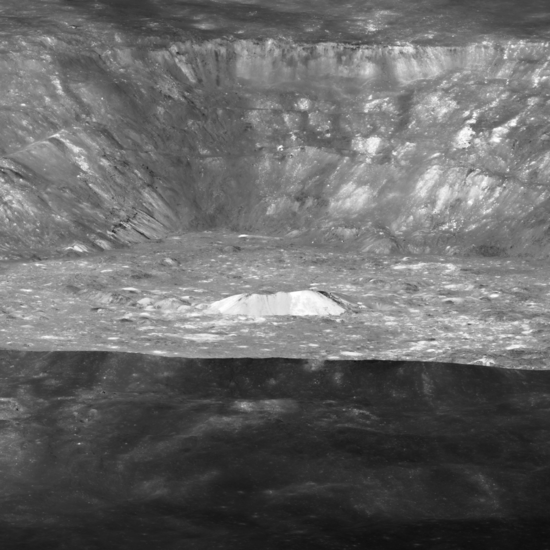The LRO mission support group has published a new photo. It demonstrates the difference in albedo (reflectivity) of different areas of the Aristarchus crater and the surrounding surface.

The Aristarchus crater is located in the northwestern part of the visible side of the Moon. Despite the fact that its diameter is only 40 km, this shock formation is very well known even to amateur astronomers. The fact is that the Aristarchus crater is the brightest detail of the relief on the Moon. Its albedo exceeds the albedo of most other lunar structures by two times.
Such brightness is explained by the relative youth (by lunar standards) of the crater. It was formed 450 million years ago, as a result of which the rocks ejected during the impact have not yet had time to darken due to the effects of solar wind and radiation. Most of the crater structures are also preserved intact. The LRO image especially highlights the central peak, which is the brightest part of the entire shock formation.
It is worth noting that the prominence of the Aristarchus crater is also partly explained by its surroundings. It is located on the plateau of the same name, which is of volcanic origin. Its surface is covered with pyroclastic deposits characterized by a high glass content, which is why they have a low albedo. This dark background provides a good contrast for a bright crater.
You can also read about how NASA arranges a disco party on the Orion spacecraft, which is in lunar orbit these days.
According to https://www.lroc.asu.edu
Follow us on Twitter to get the most interesting space news in time
https://twitter.com/ust_magazine

